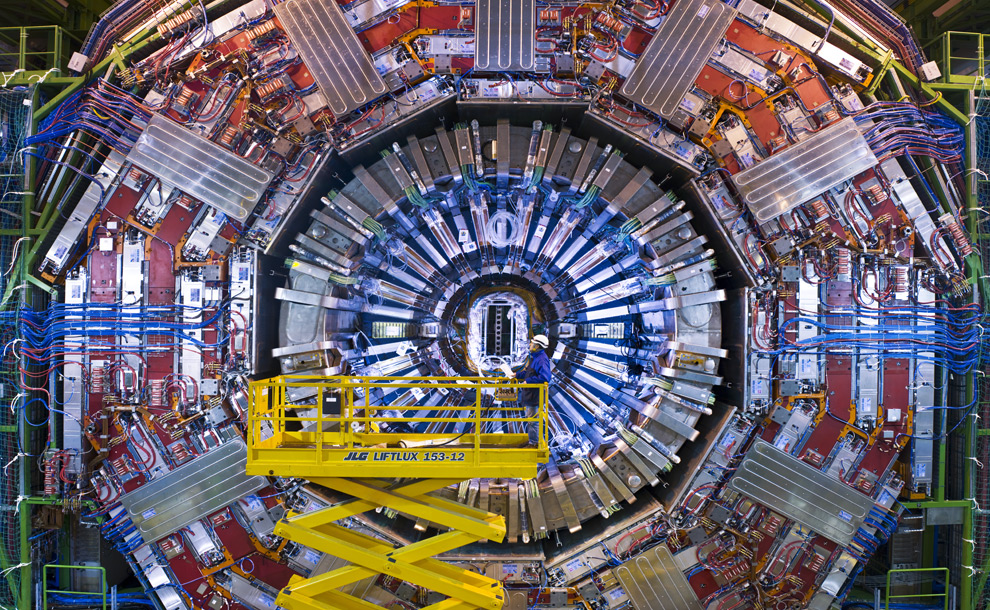 Bosons are particles which have integer spin and which therefore are not constrained by the Pauli exclusion principle like the half-integer spinfermions. The energy distribution of bosons is described by Bose-Einstein statistics. The wavefunction which describes a collection of bosons must be symmetric with respect to the exchange of identical particles, while the wavefunction for a collection of fermions is antisymmetric.
Bosons are particles which have integer spin and which therefore are not constrained by the Pauli exclusion principle like the half-integer spinfermions. The energy distribution of bosons is described by Bose-Einstein statistics. The wavefunction which describes a collection of bosons must be symmetric with respect to the exchange of identical particles, while the wavefunction for a collection of fermions is antisymmetric.
At low temperatures, bosons can behave very differently than fermions because an unlimited number of them can collect into the same energy state. The collection into a single state is called condensation, or Bose-Einstein condensation. It is responsible for the phenomenon of superfluidity in liquid helium. Coupled particles can also act effectively as bosons. In the BCS Theory of superconductivity, coupled pairs of electrons act like bosons and condense into a state which demonstrates zero electrical resistance.
Bosons include photons and the characterization of photons as particles with frequency-dependent energy given by the Planck relationship allowed Planck to apply Bose-Einstein statistics to explain the thermal radiation from a hot cavity.


